Brassinolide
Synonym(s):(1R,3aS,3bS,6aS,8S,9R,10aR,10bS,12aS)-1-[(1S,2R,3R,4S)-2,3-Dihydroxy-1,4,5-trimethylhexyl]hexadecahydro-8,9-dihydroxy-10a,12a-dimethyl-6H-benz[c]indeno[5,4-e]oxepin-6-one;(2a,3a,5a,22R,23R,24S)-2,3,22,23-Tetrahydroxy-B-homo-7-oxaergostan-6-one
- CAS NO.:72962-43-7
- Empirical Formula: C28H48O6
- Molecular Weight: 480.68
- MDL number: MFCD00792745
- SAFETY DATA SHEET (SDS)
- Update Date: 2025-12-25 11:31:46
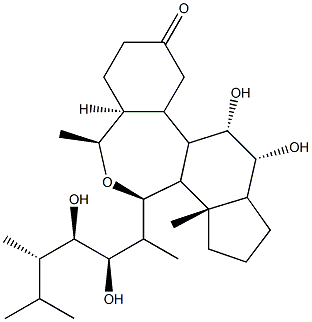
What is Brassinolide?
Description
Brassinolide is a natural steroid that promotes cell elongation and division in plants. In 1979, M. D. Grove and colleagues isolated it from?Brassica napus(rapeseed) pollen and characterized it. This year, research groups in the United States and China, working separately, showed that?a plant hormone receptor protein that senses brassinolide has a superhelix conformation.
Chemical properties
Off-White Solid
The Uses of Brassinolide
Brassinolide can be used as plant growth regulator.
The Uses of Brassinolide
Plant growth regulator.
The Uses of Brassinolide
Brassinolide has been used as a plant growth hormone.
What are the applications of Application
Brassinolide is a plant growth hormone that has been implicated in Auxin signaling
Definition
ChEBI: Brassinolide is a 2alpha-hydroxy steroid, a 3alpha-hydroxy steroid, a 22-hydroxy steroid, a 23-hydroxy steroid and a brassinosteroid. It has a role as a plant growth stimulator and a plant hormone.
General Description
Brassinolide is a plant growth hormone and the most biologically active brassinosteroid (BR). It has been implicated in Auxin signaling. It has also been used for studying plant biosynthetic pathways. Brassinolide might also regulate water-transport properties of cell membranes in Arabidopsis thaliana.
Biological Activity
brassinolide is a plant growth regulator. plant growth regulators are naturally produced by plants and are critical for regulating their own growth. plant growth regulators act via modifying or controlling plant growth processes, such as leave and flower formation, stem elongation, as well as fruit development and ripening.
Biochem/physiol Actions
Brassinolide is a plant growth hormone that has been implicated in Auxin signaling. It has also been used for studying plant biosynthetic pathways.
in vitro
brassinolide induced the time and concentration-dependent cytotoxicity in pc-3 cells. the mode of such cell death appeared to be apoptosis predominately, as demonstrated by fluorescence, flow-cytometric analyses and transmission electron microscopes. moreover, caspase-3 activity was increased after brassinolide treatment obviously. western blot studies showed brassinolide treatment triggered a time-dependent decrease in the expression of bcl-2 [1].
in vivo
brassinolide had the similar function of reducing the blood glucose levels as phenformin, but without the dose-dependent manner. the blood glucose levels showed significant differences after brassinolide treatment with different doses (200, 100, and 50 mg/kg). these results indicated that brassinolide could reduce the blood glucose levels without toxicity [2].
References
[1] wu yd,lou yj. brassinolide, a plant sterol from pollen of brassica napus l., induces apoptosis in human prostate cancer pc-3 cells. pharmazie.2007 may;62(5):392-5.
[2] chen shi-ping, he jia, wang qi-jing, wang jian-dong, ye yan-li, xian li-jian. effect of brassinolide on levels of blood glucose in alloxan—induced diabetes rats. acta metallurgica sinica, 2009,v26(03): 21-23
Properties of Brassinolide
| Melting point: | 200-204?C |
| alpha | D27 +16° |
| Boiling point: | 633.7±55.0 °C(Predicted) |
| Density | 1.141±0.06 g/cm3(Predicted) |
| storage temp. | Sealed in dry,2-8°C |
| solubility | Chloroform (Slightly), Methanol (Slightly) |
| form | Solid |
| pka | 14.27±0.70(Predicted) |
| color | white to off-white |
| CAS DataBase Reference | 72962-43-7(CAS DataBase Reference) |
Safety information for Brassinolide
Computed Descriptors for Brassinolide
| InChIKey | LUGSJEJPERVCLF-ZWSCYPDYSA-N |
Brassinolide manufacturer
Mani Agro Chemicals
New Products
Indole Methyl Resin tert-butyl 9-methoxy-3-azaspiro[5.5]undecane-3-carboxylate Boc-His(Boc)-OH 2-CTC Resin 4-Chloro-7-tosy1-7Hpyrrolo[2,3-d]pyrimidine 5,7-Dibromo-1H-indole 2,5-dichloro-N-hydroxy-4,6-dimethylpyridine-3-carboximidamide 2,2-Dimethoxy-7-azaspiro[3.5]nonane hydrochloride 4-chloromethyl-5-methyl-1,3-dioxol-2-one (DMDO-Cl) R-2-BENZYLOXY PROPIONIC ACID 1,1’-CARBONYLDIIMIDAZOLE 1,1’-CARBONYLDI (1,2-4 TRIAZOLE) N-METHYL INDAZOLE-3-CARBOXYLIC ACID 4-((2-hydroxyethyl)thio)benzoic acid 1-(TERT-BUTOXYCARBONYL)-2-PYRROLIDINONE Methyl 6-methylnicotinate 3-Pyridineacrylic acid tert-Butyl carbazate TETRAHYDRO-2H-PYRAN-3-OL 2-((4-morpholinophenylamino) (methylthio) methylene) malononitrile 3-(4-morpholinophenylamino)-5-amino-1H-pyrazole-4-carbonitrile 2,4-dihydroxybenzaldehyde 1,3-Diethyl-1,3-Diphenylurea Methyl 2-methylquinoline-6-carboxylateRelated products of tetrahydrofuran
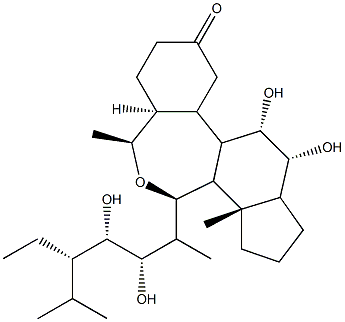



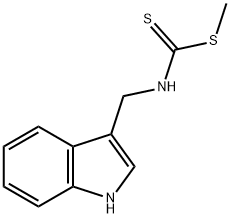
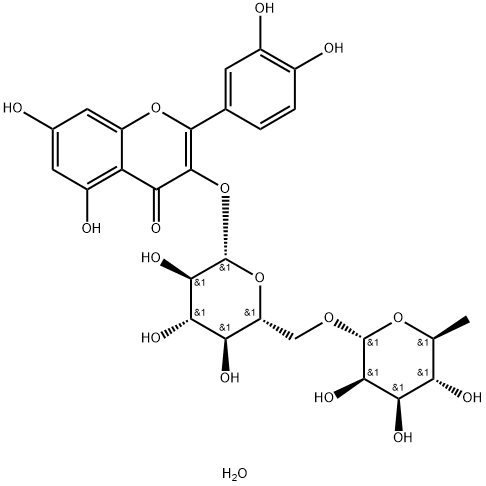
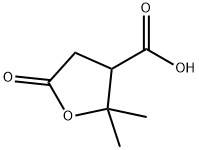

You may like
-
 Epibrassinolide 90% CAS 72962-43-7View Details
Epibrassinolide 90% CAS 72962-43-7View Details
72962-43-7 -
 Brassinolide CASView Details
Brassinolide CASView Details -
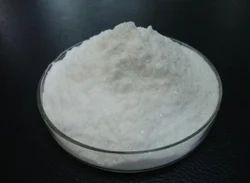 Brassinolide, For Agricultural Use, Packaging Size: 1 KGView Details
Brassinolide, For Agricultural Use, Packaging Size: 1 KGView Details
72962-43-7 -
 Pyridine 99.5% HPLC /UV SpectroscopyView Details
Pyridine 99.5% HPLC /UV SpectroscopyView Details
110-86-1 -
 Piperazine Spot supply, best priceView Details
Piperazine Spot supply, best priceView Details
110-85-0 -
 Dibutyl PhthalateView Details
Dibutyl PhthalateView Details
84-74-2 -
 Imidazole Spot supply, competitive priceView Details
Imidazole Spot supply, competitive priceView Details
288-32-4 -
 Thiourea 99% ARView Details
Thiourea 99% ARView Details
62-56-6
